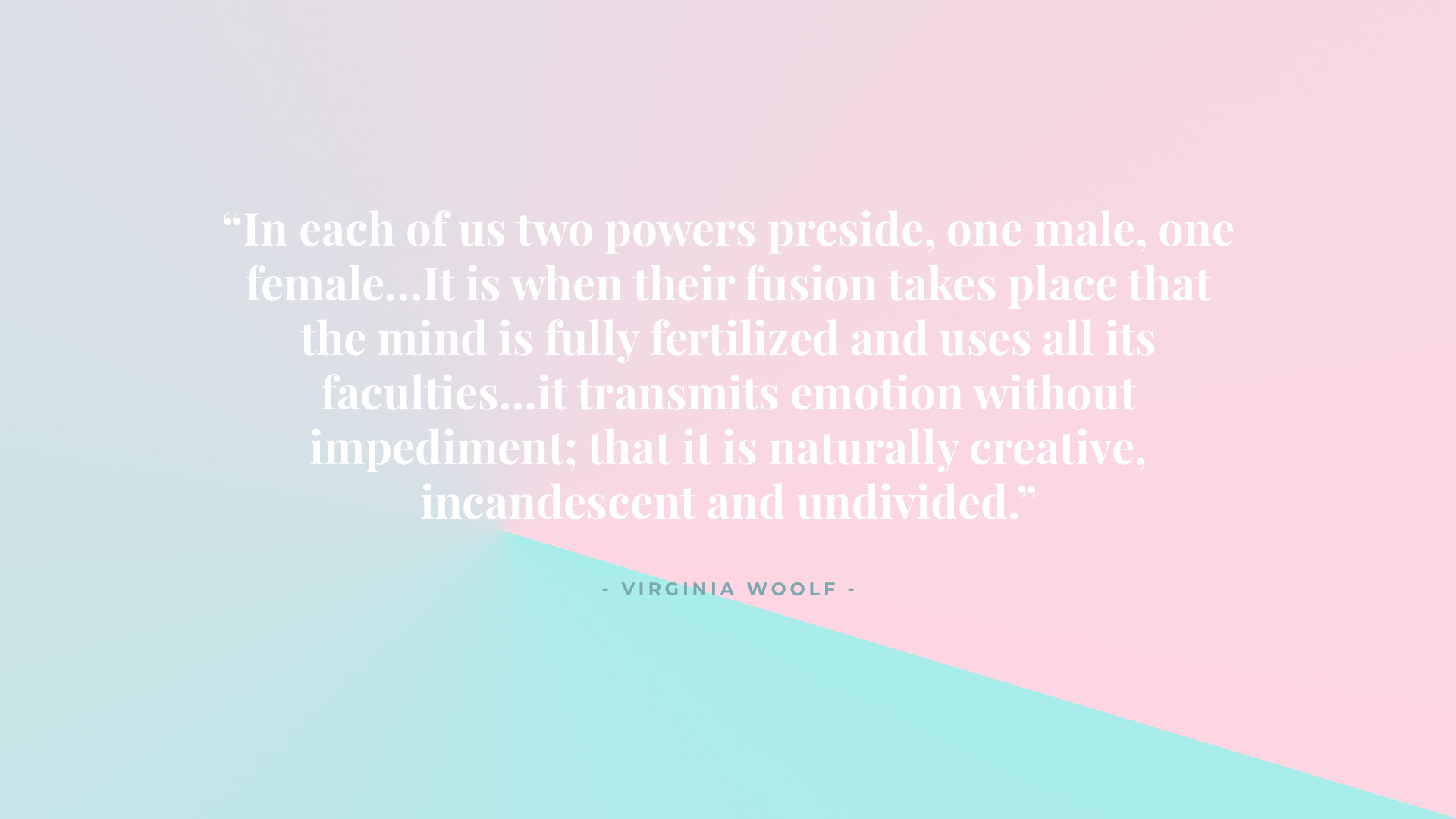[Written By: Lynsay Holmes]
Isn’t it strange how so much historical, social and political weight has been attached to the mere pieces of fabric we call clothes? Fabric has the potential to be fashioned into a tool of resistance and in this present day; it is being utilised in the media and on the streets more than ever before, in a trend called “genderless fashion”. Genderless fashion is not new; it’s been around for a long time. There is a progressive liberalism that is associated with genderless fashion. However, the typical androgynous image that flashes across magazines is a woman in a suit, not a man in a skirt. We should not be blind to the gender bias that is unconsciously woven into our clothes and the wider fabric of society.
Let me give you a brief recount of fashion history to understand why this is the case. The unisex boom of the sixties and seventies was a pillar of second-wave feminism and as Atlantic-magazine writer, Kimberly Chrisman-Campbell, explains of the time, discussed in Jo B. Paoletti’s book, Sex and Unisex: Fashion, Feminism, and the Sexual Revolution (2015): “unisex clothing was a baby-boomer corrective to the rigid gender stereotyping of the 1950s, itself a reaction to the perplexing new roles imposed on men and women alike by World War II.” In 1966, Yves Saint Laurent designed a woman’s formal tuxedo named Le Smoking. It changed the game. Being the first of its kind, it pioneered the way for androgynous fashion for women. Saint Laurent stated that it was the most important design he had ever created. However, how is women’s clothing becoming more masculine, equality? As journalist Annie Bourne of Eluxe Magazine remarks: “women = less power, less money, and less status.” Women, and therefore the items associated with them, were seen as lesser, so why would any man (or woman) want to downgrade and take on (or keep) that identity? Thus, unisex clothing evolved from male clothing.
However, women needed to wear trousers because, at this time, they were greatly lagging behind in every possible capacity. As the ones in subjugation, it was them who had the incentive (not men) to make a radical change. Taking the trouser was taking power, and thus women stepped into the male wardrobe and have since had a fashion identity that ranges from the debutante to the tomboy. But men never stepped into women’s wardrobes, and consequently their fashion hasn’t had many radical transformations and does not offer as much variation. The women of today may see this as the fault of patriarchal stubbornness, which it was back then, but in the here and now the reality is that men have been hindered in expression due to the narrow mindedness of this past, stubborn stance.
Men wearing women’s clothes is often seen as a statement about their sexuality, which can help explain why many men don’t do it. A guy may, in fact, want to wear a frilly blouse – not to make some sort of political statement, but simply because he likes the cut and colour of the blouse. There remains a fear of ridicule by other men who uphold, at all costs, “traditional qualities” – qualities upheld out of pride or (more likely) unconscious conditioning are pigeonholing male identity. Of course women, being as unconsciously conditioned to stick to gender norms, have a hand in this, too. This conditioning has negative consequences, as being denied tools that allow you to express who you are will seriously affect your self-esteem.
This societal taboo holds us back from true equality, nevertheless we are slowing turning the wheels: Jaden Smith is a gift to forward and free thinking, being featured in a skirt alongside female models in last year’s Louis Vuitton womenswear campaign. Steps like the ones Marks & Spencer have taken, becoming the first retailer in the country to remove “boys” and “girls” labels from children’s clothing, will hopefully mean kids will grow up not knowing the defined difference of gender we’ve been conditioned to know.
What the present demands of the future is an elimination of the self-consciousness of gender. When we wear clothes we should not be thinking of gender: you should wear it because you like it. Clothing is the material manifestation of your mind, and not letting your mind be free in your clothing will stagnate you as a person. Gender-consciousness will only hinder your creativity, as it darkens the incandescence of your mind – and that is seen in your clothes. Delete all of the limitations: androgyny is freedom. The best minds are androgynous and so are the best styles.

